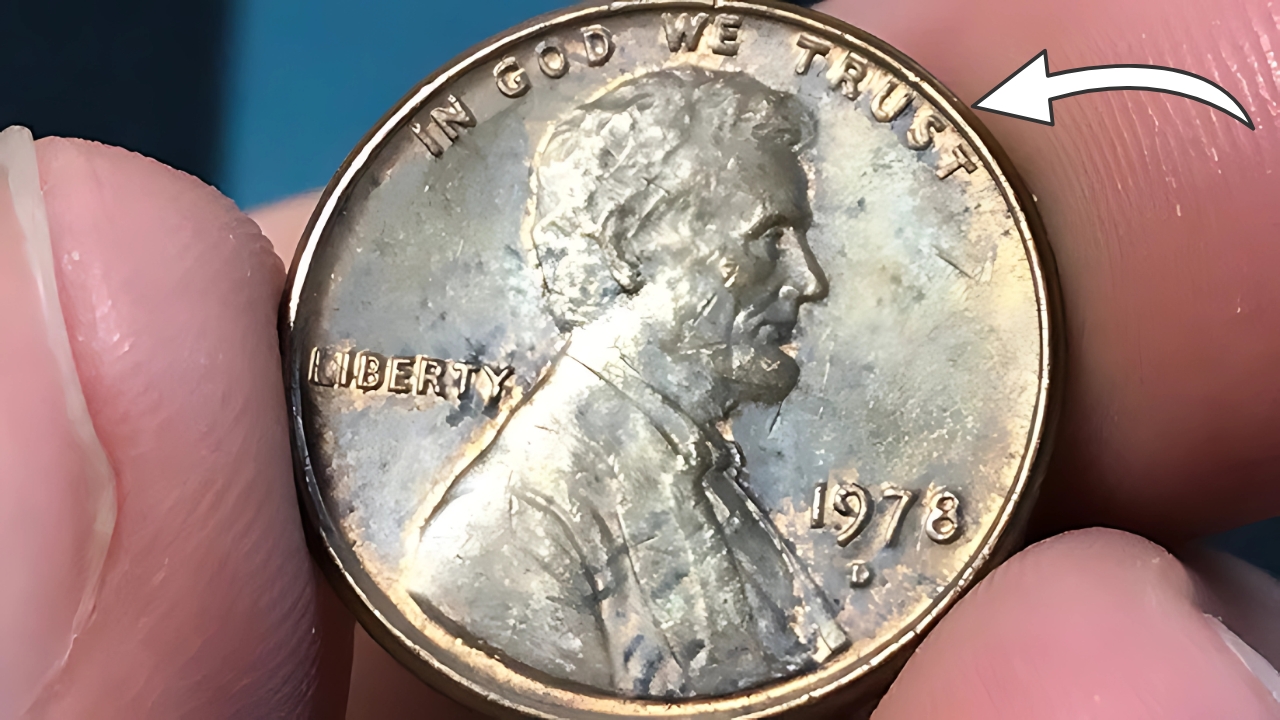[ez-toc]
[ad_1]
The Most Valuable Lincoln Pennies: A Guide to Uncovering Hidden Wealth
For over a century, the Lincoln cent has been a staple in American pockets, cash registers, and coin collections. While most pennies are worth face value, certain dates, mint marks, errors, and varieties command astonishing premiums in the collector’s market. This exploration delves into the most valuable Lincoln pennies, what makes them special, which ones command the highest prices, and how you might discover overlooked treasures hiding in plain sight.
The 1909-S VDB Cent: A Rarities Rarity
The Lincoln cent series began with a controversy when, just days into production, the San Francisco Mint struck 484,000 pennies bearing designer Victor David Brenner’s initials "VDB" on the reverse. This design was met with public outcry, prompting their removal. These 1909-S VDB cents instantly became scarce and their legend has only grown over the years. Even well-worn examples command significant premiums.
- Good to Very Good condition: $700-900
- Fine to Very Fine: $900-1,500
- Extremely Fine to About Uncirculated: $1,500-2,500
- Mint State: $2,000-10,000+ (depending on quality)
- Perfect Red specimens (MS-67RD): $50,000+
The record price for a rare MS-67+ Red example sold in 2014 stands at $117,500, a remarkable return on the original one-cent face value.
1943 Copper Planchet Cents: A Wartime Rarity
When the US Mint struck 1943 pennies in zinc-coated steel due to wartime copper shortages, a few copper planchets remained in the presses and were struck with 1943 dates, creating one of America’s most famous rarities. Approximately 20-30 genuine examples are known, with Philadelphia (no mint mark), San Francisco (S), and Denver (D) mint marks each accounting for a portion. These coins have skyrocketed in value over the years.
- Well-worn examples: $150,000-250,000
- Average circulated: $250,000-350,000
- Mint State specimens: $500,000-1,000,000+
A particularly well-preserved example sold for $1.7 million in 2019, making it one of the most valuable small denomination coins in existence.
1955 Doubled Die Obverse: A Rare Variety
The 1955 Doubled Die Obverse shows significant doubling in "LIBERTY" and "IN GOD WE TRUST." With fewer than 500 confirmed examples, this variety has steadily increased in value.
- Circulated specimens: $200-500
- Uncirculated examples: $600-3,000+
- Gem red specimens: $5,000-10,000+
Recent discoveries suggest more may emerge, providing opportunities for knowledgeable collectors to uncover these hidden treasures.
1982-Bronze Cent: A Transitional Error
When the Mint transitioned from bronze (95% copper) to zinc-based composition, some metals remained in stock, including a few 1982-D bronze cents. With fewer than 15 known examples, these transitional errors have sold for $5,000-15,000 depending on condition. Further discoveries may await, making every 1982-D penny potentially worth examining.
Collecting Valuable Pennies: Tips and Tricks
- Bank rolls: Dedicated collectors search $0.50 penny rolls from banks for valuable finds.
- Inherited collections: Unsorted accumulations often contain coins set aside decades ago, including rare varieties.
- Circulation finds: Valuable pennies occasionally turn up in pocket change and cash registers.
- "Copper hoards": Collections of pre-1982 pennies saved for their copper content sometimes contain overlooked rarities.
Professional Certification: Protecting Your Investment
To combat sophisticated alterations and counterfeits, professional certification from organizations like PCGS, NGC, ANACS, or ICG provides crucial protection. These services use specialized equipment to authenticate valuable pennies, and their tamper-evident holders provide confidence for high-value transactions.
Conclusion
Beyond their value, these small copper discs connect us with American history, from the Lincoln centennial to the present. Each valuable variety tells a story of circumstances that created it, whether wartime material shortages, production errors, or transitional designs. The next time you encounter a jar of pennies or receive change, consider examining those humble one-cent pieces more carefully. In the world of numismatics, one never knows what rare finds might be hiding in plain sight.
[ad_2]

Live News Daily is a trusted name in the digital news space, delivering accurate, timely, and in-depth reporting on a wide range of topics.
